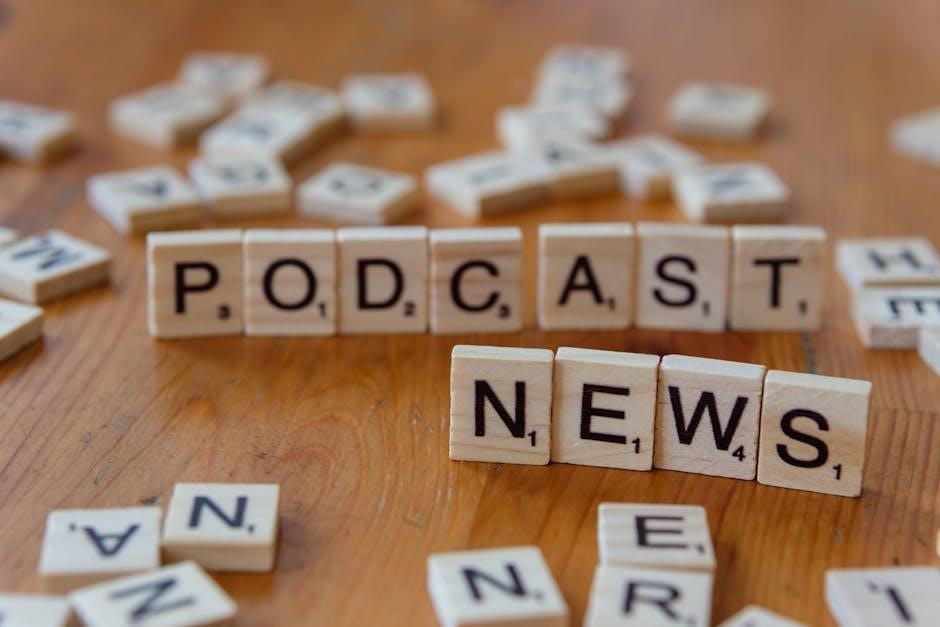What are 3rd Grade Sight Words?
Third-grade sight words are a collection of commonly used words that students should recognize instantly. Mastering these words enhances reading fluency, comprehension, and overall academic success in the third grade.

Importance of Sight Words in 3rd Grade
Learning sight words in 3rd grade is fundamental. It builds reading speed, allowing students to focus on understanding texts. This is especially true for complex reading materials.
Reading Fluency and Comprehension
Sight words are essential for developing reading fluency. When students can instantly recognize these words, they spend less time decoding and more time understanding the meaning of the text. Fluent reading allows students to focus on comprehension rather than struggling with individual words. This improved fluency leads to better comprehension skills, enabling students to grasp the main ideas, make inferences, and engage with the text more effectively.
As a result, students can tackle more complex reading materials with confidence. Mastering sight words enables children to transition from sounding out each word to reading smoothly and naturally. This transition is crucial for academic success, fostering a love for reading and enhancing overall learning outcomes across various subjects. The ability to quickly recognize sight words significantly contributes to a student’s reading proficiency and comprehension abilities.
Spelling Proficiency
Learning sight words not only boosts reading skills but also greatly enhances spelling proficiency. Many sight words have irregular spellings, meaning they cannot be easily sounded out using phonics rules. By memorizing these words, students develop a visual memory of their correct spellings, which is crucial for accurate writing.
Regular practice with sight words reinforces these spelling patterns, enabling students to spell them correctly in their writing assignments. This proficiency reduces spelling errors and improves the overall quality of written work. Furthermore, mastering sight words provides a strong foundation for learning more complex vocabulary and spelling rules. As students become confident in spelling common words, they are better equipped to tackle more challenging spelling tasks. This ultimately contributes to improved writing skills and academic success across various subjects, fostering confident and competent communicators.

Dolch 3rd Grade Sight Word List
The Dolch list is a collection of frequently used words compiled by Dr. Edward William Dolch. This list helps students improve reading skills through memorization and recognition of common words.
Frequency of Words
The frequency of words in sight word lists, such as the Dolch list, refers to how often these words appear in written texts, particularly in books and materials designed for children. The words are organized so that the most frequently encountered words are introduced first, allowing students to quickly build a foundational vocabulary. This approach ensures that learners are exposed to the most relevant and useful words early on, which aids in reading fluency and comprehension. By prioritizing high-frequency words, educators can help students efficiently decode and understand texts, fostering a stronger reading ability and overall academic confidence as they progress through their education. Mastering these words is crucial for building a solid foundation in reading.
Printable PDF Resources
Numerous printable PDF resources are available online, offering convenient ways to practice 3rd grade sight words. These resources include comprehensive lists of Dolch and Fry sight words tailored for third graders. Flashcards, word lists, and interactive activities are commonly found in these PDFs, allowing educators and parents to reinforce sight word recognition effectively. The printable format enables easy access and distribution, making it simple to integrate sight word practice into daily routines. These resources support diverse learning styles by providing visual and hands-on learning experiences. Whether used in the classroom or at home, printable PDFs offer a practical and accessible method for mastering essential sight words, ultimately boosting reading fluency and comprehension skills for young learners. Such resources save time and provide structured learning materials.

Fry Sight Words for 3rd Grade
Fry sight words are another essential list for 3rd graders. These high-frequency words help build reading fluency and comprehension. Mastering Fry words supports reading success.
Fry’s Third
The third 100 Fry words (words 201-300) are crucial for children who have mastered Dolch words and need to expand their sight vocabulary. Often called Fry 300, these essential words significantly enhance reading and writing skills. High-frequency words like “high,” “every,” and “near” appear frequently in texts. Words such as “add,” “food,” and “between” are also important. Furthermore, words like “own,” “below,” “country,” “plant,” “last,” “school,” “father,” “keep,” “tree,” “never,” “start,” “city,” “earth,” and “eyes” are key components. These words, when mastered, contribute greatly to a student’s reading proficiency and overall literacy development. Consistent practice and recognition of Fry’s third ensure better reading comprehension and fluency.

Activities and Games for Practicing Sight Words
Engaging activities and games make learning sight words fun. Word hunts, memory games, and activity mats are effective. Flashcards, tracing sheets, and creative methods reinforce recognition and spelling skills.
Flashcards and Word Walls
Flashcards are a traditional yet effective tool for sight word practice. They provide a quick and easy way for students to review and memorize words. Use color-coded flashcards to make learning more visually appealing. Word walls, prominently displayed in the classroom, serve as a constant reference for students.
These walls should be at a child’s eye level, allowing easy access. Regularly update the word wall with new sight words. Encourage students to use the word wall during writing activities. Games using flashcards, like “Go Fish” or “Memory,” can be incorporated.
These tactile, interactive methods boost engagement. Combining flashcards and word walls creates a comprehensive learning environment. This dual approach reinforces sight word recognition and promotes reading fluency. It’s a simple yet powerful strategy for mastering essential vocabulary.
Creative Practice Methods
Beyond flashcards, numerous creative methods can make sight word practice engaging. Word hunts transform learning into an adventure, challenging students to find sight words in books. Memory games enhance recall through playful matching. Activity mats offer hands-on learning, such as tracing and spelling.
Consider incorporating sight words into art projects. Writing words in sand or with paint adds a sensory element. Use online learning platforms for interactive practice. Encourage students to create sentences using sight words.
Turn sight word practice into a collaborative activity. Students can work together to create stories or plays. Integrating movement, like hopping or clapping, for each word. These fun, creative approaches cater to diverse learning styles. They reinforce sight word recognition and foster a love for language.
